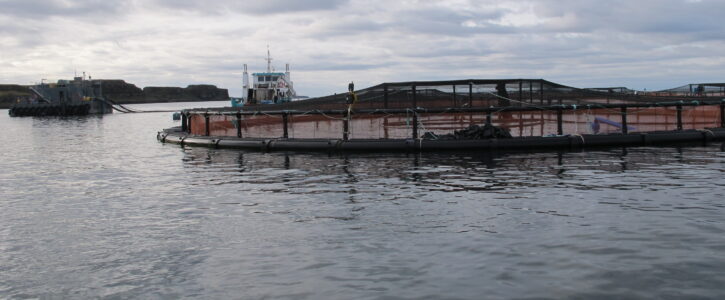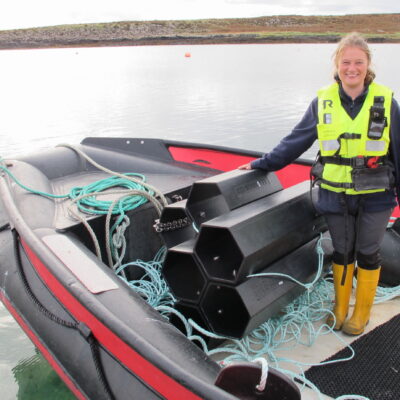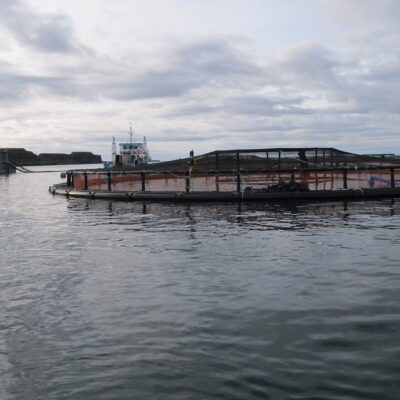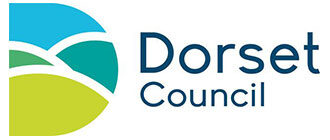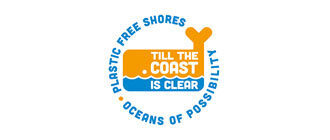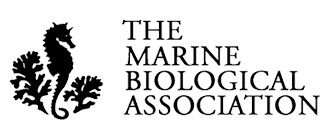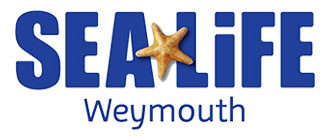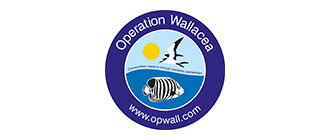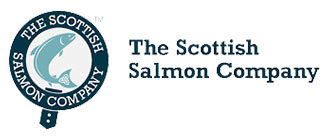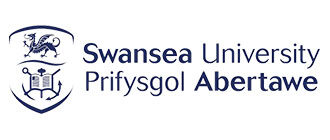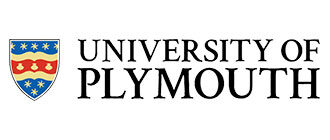Salmon farms in Scotland are using Cleaner Fish as a natural methods to control Sea Lice in their floating cages. Though several fish species will happily nip Sea Lice off the body of other fish, Wrasse and juvenile Lump Fish have a particular appetite for them and other fishy parasites. Wrasse and their ‘clients’ have been observed by divers congregating around rocky outcrops on the sea bed that become ‘cleaning stations’ for the local marine community. These rocky outcrops also provide the Wrasse with places for them to rest, hide from predators and breed.
When wild caught Wrasse are introduced into salmon cages, they lack the rocky outcrops they would normally occupy, and in the winter, have a tendency to slow down and rest at the bottom of the cages, far from the salmon occupying the area above them.
SeaHive shelters were suspended in two salmon cages at around 8m to provide the Wrasse with a habitat similar to their natural environment. The seven tube SeaHives, were open at both ends to maximise the number of locations where Wrasse could shelter.
Recent feedback and under water drone images from the salmon farm confirmed that the SeaHive structures were popular with the Wrasse, who were seen to take up residence in them soon after their introduction.

